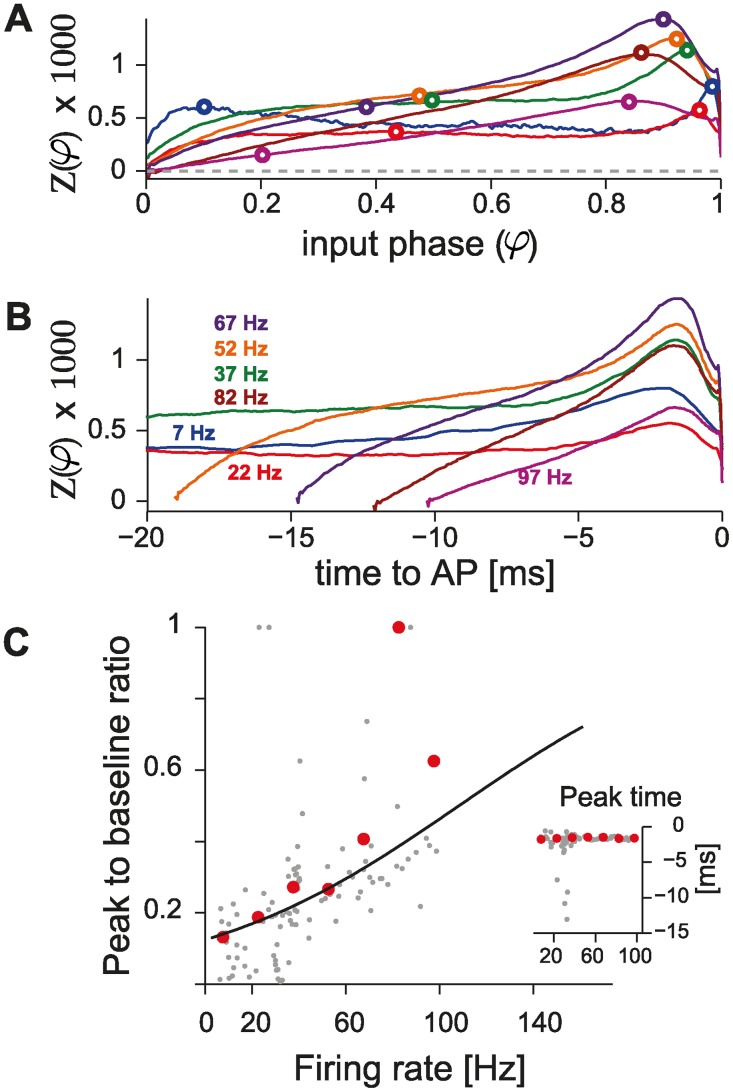Fig 5. Population summary using the WSTA (indirect) method.
(A) Population summary obtained over distinct firing rates, obtained averaging across 95 PRCs, binned for similar firing rates and obtained from 16 PCs. As in Fig. 3D, the average PRCs are equivalently represented (B) as a function of time (i.e., τ = (φ − 1) ⋅ ⟨ISI⟩) for the 20 ms preceding the perturbed AP. (C) The peak-to-baseline ratio once more confirms the observations obtained in Figs. 2, 4 and 3 (individual cells, n = 16: gray markers; averages from A: red markers). The black curve represents the function (1 + e −(F−a)/b)−1, with best-fit parameters a = 105.6, b = 55.8 optimized over the set of individual PCs. The inset displays the location of the PRC peak, relative to the time of the AP following the stimulus (i.e., τ peak = (φ peak − 1) ⋅ ⟨ISI⟩), for the same cells, as in Figs. 2B and 3C.

